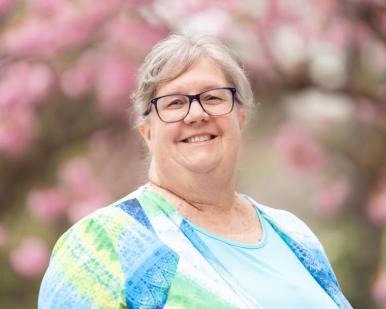- Managing your Practice
-
- Your Benefits
-

Introducing the ultimate Club MD experience
From work to play, and everything in between, we provide you with access to hundreds of deals from recognizable, best-in-class brands, elevating every facet of your life – from practice supports to entertainment, restaurants, electronics, travel, health and wellness, and more. Your Club MD membership ensures that these deals are exclusive to you, eliminating the need to search or negotiate.
Welcome to the ultimate Club MD experience. Your membership, your choices, your journey.
-
- Advocacy & Policy
-
- Collaboration
- News & Events
-

Stay Informed
Stay up to date with important information that impacts the profession and your practice. Doctors of BC provides a range of newsletters that target areas of interest to you.
Subscribe to the President's Letter
Subscribe to Newsletters
-
- About Us
-
The patient journey toward better care for prostate cancer
October 6, 2020
Doctors Making a Difference
After a review of existing primary care guidelines for some of the more common cancers, such as breast and colorectal cancer, Dr Cathy Clelland, BC Cancer Primary Care Program Medical Director saw a gap in primary care guidelines for prostate cancer. The guidelines are meant to curate best practices in cancer care to guide primary care physicians when caring for cancer patients.
Dr Clelland took the opportunity in 2017 to partner with the Guidelines and Protocols Advisory Committee (GPAC) of the Medical Services Commission (with representation from Doctors of BC and the Ministry of Health) to close this gap.

As a small BC Cancer program with limited capacity, Dr Clelland advocated for, and the Primary Care Program received, funding from the BC Cancer to address non-physician costs developed in partnership with UBC’s Division of Continuing Professional Development (UBC CPD). Help for physicians’ time came from Health System Redesign (HSR) funds, an initiative supported by three Joint Collaborative Committees of Doctors of BC and the Ministry of Health. HRS is administered through the Specialist Services Committee (SSC).
For Dr Clelland, the first step was to hire a consultant who had previously worked with both the Primary Care Program and GPAC. They began the work using two relevant Cancer Care Ontario (CCO) guidelines as a starting point. Using a formal guideline adaptation process, the Prostate Cancer guideline was developed following the patient journey from testing, all the way to post treatment and follow-up.
A working group was established to review evidence and develop a first draft. This group consisted of a medical oncologist, a radiation oncologist, a urologist, a rural GP, an urban GP, a GP in oncology (GPO), as well as Dr Clelland and Dr Doug McTaggart from GPAC. It took about 18 months to create a first draft. An additional eight months were needed to reconcile issues such as the role of PSA testing in asymptomatic men and create an approach that would work for all the key stakeholders. An important component of the guideline is the appendices to many resources and information, particularly information around what is termed “controversies in care.”
Reflecting on the experience Dr Clelland said, “Being involved for so many years with other collaborative committee work helped me learn to take a step back, recognize my own biases, listen openly to other opinions, and then research those opinions before taking any firm stand. It helps build trust and eventually consensus.”
The guideline is now posted on the BC Government website and contain hyperlinks to all the appendices, including resources and information available to help guide physicians and patients through their journey.
In addition, there is an online self-directed educational module developed in partnership with UBCCPD available on the UBCCPD website. This module explores best practices in testing, diagnosis, treatment, survivorship, surveillance, and late effects.
Future plans include working with UBC CPD to create small group virtual learning sessions using a case-based approach to further promote and deliver the guideline as broadly as possible for all BC primary care physicians. For more information on BC Cancer’s Primary Care Program visit www.fpon.ca.




